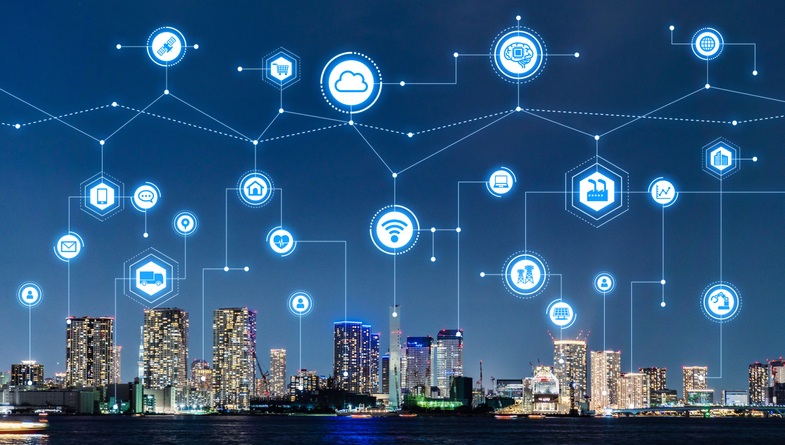The Sustainable Urban Ecosystems of the Future
Imagine an “Intellicity,” where neural networks ensure everything works together.
Published May 1, 2018
By Lori Greene
NYAS Contributor

Today’s students will be the inhabitants of tomorrow’s cities, so they want more sustainable ways of living and working in urban ecosystems.
That was the premise behind United Technologies’ Future of Buildings Innovation Challenge. This event was created by The New York Academy of Sciences and launched in September 2017.
Fifty-two teams of students 13 to 18 years old from across the globe competed. Their goal: to conceive the most inventive green building solution.
Imagining an “Intellicity,” was the creation of one team. Here, neural networks run a building’s systems to ensure people, machines and the environment work in concert to adroitly use and conserve resources.
Reducing Waste
In the “Intellicity” paradigm, little is wasted. Solar panels and wind turbines create an on-going source of clean, abundant, renewable energy. Rainwater collected from the roofs of buildings provide water for indoor plumbing and hydroponic systems. Once inside, hydroponic walls can repurpose rainwater for food growth. Intellicity’s student founders want to ensure that people are harnessing energy generated by city activity and putting it to use.
Floor tiles in larger structures convert footsteps into electrical energy, and waste is turned into fertilizer. Solar panels on windows maximize sunlight and capture the energy to help run a building’s lighting and temperature systems. Revolving doors connected to electric generators can be used to capture energy as people walk in and out. This creates another source to power the structure’s electricity, heating and cooling needs.
The Applications of Artificial Intelligence
Using artificial intelligence (AI), energy is redistributed to increase the comfort and productivity of building occupants. The AI system that would run the integrated interior and exterior building networks “learns” from several inputs and the resulting outputs. For example, during high usage times, the power could go towards controlling lighting as well as heating and cooling rooms. Over time, the network records occupant preferences and automatically adjusts the room, heat and light depending on who enters and leaves.
Similarly, the team sought to give people an opportunity to interact with their building using a “neural network.” This computer system was developed around the human nervous system. It aims to allow the building to communicate back through an app detailing the energy being collected, used and wasted in the structure.
Retrofitting Existing Infrastructure
With the flexibility of AI, the team theorizes that this can also be implemented in a variety of structures. This includes transportation hubs such as airports as well as offices and apartment buildings. According to the plan, each section of the building could provide sustainable energy with minimal impact to the environment around it. Rather than redesigning structures, the team suggests using sensors in every room. They also suggested monitoring software that can help devise a customized solution to precisely redistribute energy.
Integrating neural networks into buildings to create an energy efficient sustainable future is Intellicity’s ultimate goal.
Check: nyas.org/challenges for information about the UTC Future Buildings and Cities Challenge winners.
